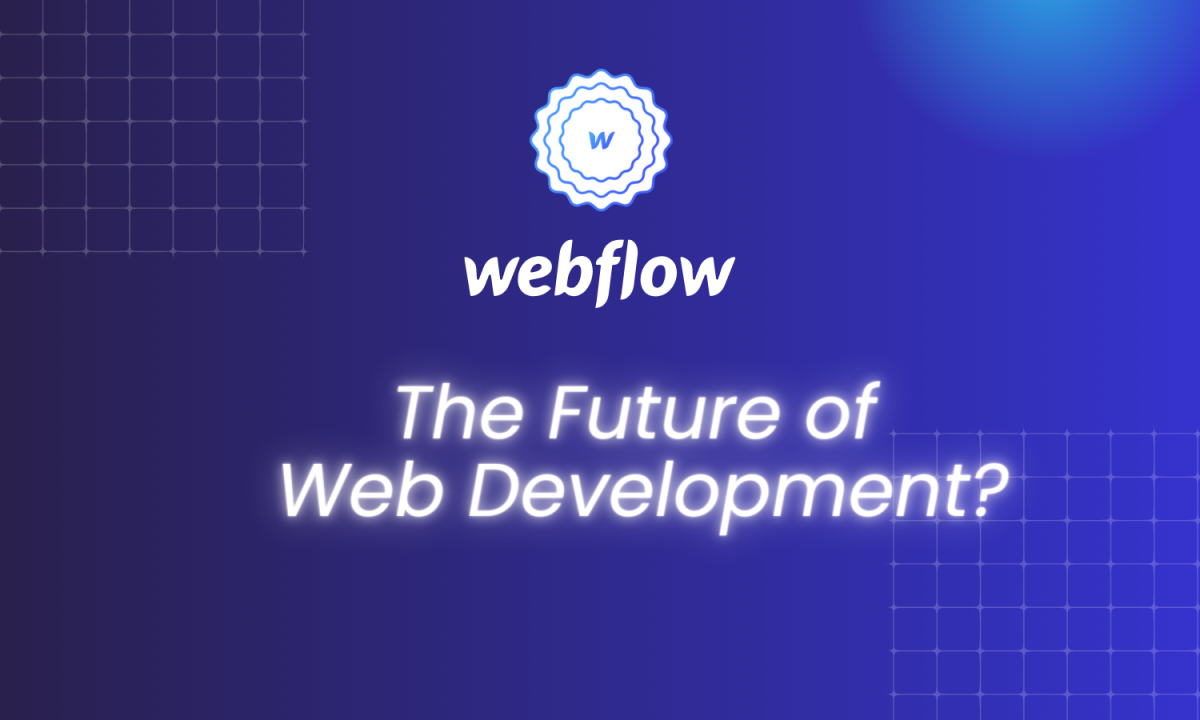
The standout feature of Webflow is the coding experience. The intuitive drag-and-drop interface allows you to add elements like text, images, and buttons with a simple click and drag. Adjusting paddings, margins, and other style attributes can be done visually using the interactive tools. This simplicity enables anyone to build fully functional websites quickly without touching code.
Webflow uses a system of containers, rows, and columns to handle responsive design seamlessly. As you adjust page elements, everything else moves and adapts fluidly across screen sizes. Media queries and breakpoints don’t need to be manually set up – the responsiveness happens automatically. This convenience allows designers to focus on the creative aspects rather than technical challenges.
Powerful design flexibility
The visual design possibilities are endless. The robust styling tools allow you to tweak everything from colors, typography, spacing, shadows, and more. Interesting hover animations, transitions, and micro-interactions are added to enhance interactivity. Webflow includes a huge library of customizable templates for different niches and project types. Users start building on top of these templates or design fresh from scratch.
The flexibility enables brands to achieve a unique design system tailored to their needs. Shortcuts, symbols, and design clones further enhance consistency across large derrick websites. Unlike traditional web builders, Webflow likewise provides granular control over HTML and CSS through the code editor. Developers write custom CSS and JavaScript for added functionality as needed. This design flexibility coupled with coding capability makes Webflow extremely powerful.
Built-in content management
- The sites come bundled with a user-friendly CMS (content management system) for managing dynamic content. Pages, navigation menus, blog posts, and e-commerce products and added, edited, and managed with a few clicks.
- The intuitive interface allows clients and team members to make content changes without developer help. It eliminates bottlenecks and makes website maintenance much simpler. You manage multiple users with custom roles and permissions for easier collaboration.
- With Webflow CMS, you don’t need to deal with the cost and complexity of using external systems like WordPress or Drupal. Everything related to content and presentation stays in one place.
Hosted platform
It provides full website hosting with automatic SSL, global CDN, backups, and one-click deployments. There are no servers to configure or software to install. Users instantly publish responsive sites that optimize for speed and security. The hosting plans are flexible and affordable for individuals and organizations. Useful site metrics related to traffic, forms, and bandwidth usage be tracked over time.
Having an all-in-one web design and hosting platform accelerates workflow and takes infrastructure complexity out of the picture. Designers hand off complete live sites to clients without reliance on engineering resources.
Active community
As Webflow gains more users, community support keeps strengthening. There are active forums where members help each other solve problems and discuss best practices. The team at Webflow also regularly organizes webinars and events to engage the community. Users access a library of helpful video tutorials and guides created by Webflow experts and independent creators. Strong community support goes a long way in helping businesses fully leverage Webflow’s capabilities. People quickly gain skills by learning from others.









